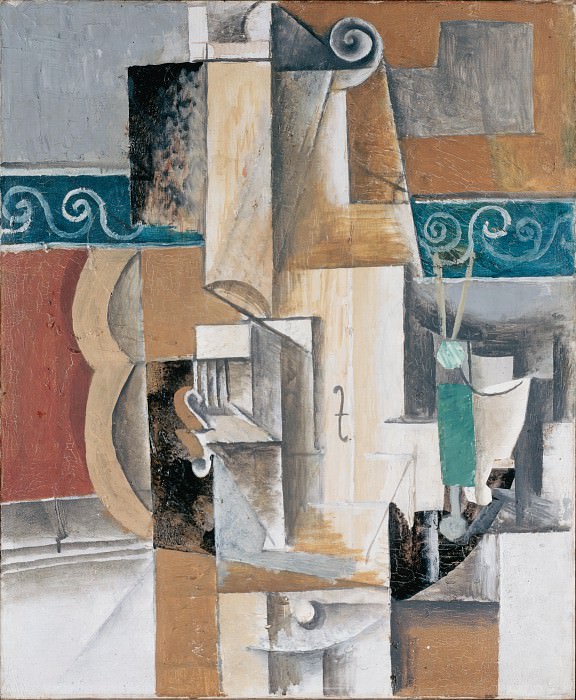The Timeless Art of David Roberts: A Journey Through Orientalism
David Roberts, a renowned Scottish painter, lithographer, and member of the Royal Academy, holds a unique place in the annals of art history. Born on October 24, 1796, in Stockbridge, Edinburgh, Roberts became one of the most influential artists of the 19th century, primarily known for his detailed and evocative scenes of the Near East and Mediterranean. His works, which are a blend of architectural precision and artistic imagination, provide a window into a world that fascinated the Western audience of his time.
Early Life and Artistic Beginnings
Roberts’ journey into the world of art began in the modest surroundings of Edinburgh. His father, a shoemaker, could hardly have imagined that his son would grow to become a celebrated artist. Showing a natural inclination towards drawing from a young age, Roberts initially pursued a career in house painting and decorating, which provided him with the foundational skills that would later characterize his art. His talent did not go unnoticed, and he soon found himself working as a scenic painter for theaters, first in Edinburgh and then in London.
From Theater to Fine Art
The experience of working in theater design was invaluable to Roberts. It taught him the importance of perspective, composition, and the dramatic use of light and shadow—skills that would greatly influence his later works. In 1824, he became associated with the Drury Lane Theatre in London, where he worked alongside other notable artists of the time. This period was crucial as it allowed Roberts to refine his artistic skills and build a network within the art community.
The Orientalist Influence
The term Orientalism refers to the depiction of aspects of Middle Eastern, South Asian, and East Asian cultures by Western artists. In the 19th century, this genre captivated European audiences, who were fascinated by the exotic and the unknown. David Roberts was at the forefront of this movement, bringing the mystique and grandeur of the Orient to the Western world through his art.
The Grand Tour: Egypt and the Holy Land
In 1838, Roberts embarked on a journey that would define his career and legacy. Funded by John Murray, a prominent London publisher, Roberts traveled to Egypt and the Holy Land. His journey took him through a vast and varied landscape, from the bustling streets of Cairo to the ancient ruins of Luxor, the pyramids of Giza, and the holy city of Jerusalem. Roberts meticulously sketched and painted every site he visited, capturing the essence of these iconic locations with a precision that was both documentary and imaginative.
Publication of the Sketches
Upon his return to England, Roberts began working on the publication of his sketches. The result was the monumental work, "The Holy Land, Syria, Idumea, Arabia, Egypt, and Nubia," published between 1842 and 1849. This collection of lithographs, produced with the help of Louis Haghe, a renowned Belgian lithographer, was a resounding success. The intricate detail and vibrant colors of the lithographs brought the distant lands of the Orient to life for a European audience eager for such visual escapism.
The Artistic Legacy
David Roberts' work is celebrated for its meticulous attention to detail and its ability to convey the grandeur and mystique of the ancient world. His architectural drawings, in particular, are noted for their accuracy and artistic merit. Roberts' ability to capture the scale and majesty of structures like the temples of Abu Simbel or the intricate streets of Cairo sets his work apart from that of his contemporaries.
Influence on Subsequent Art and Culture
Roberts' influence extends beyond the art world into broader cultural and historical contexts. His detailed portrayals of the Near East provided a visual reference that influenced the way the Western world viewed these regions. His work contributed to a growing interest in the archaeology and history of the Middle East, inspiring subsequent generations of artists, explorers, and scholars.
Personal Reflections and Style
Roberts’ personal reflections on his travels reveal a man deeply fascinated by the cultures he encountered. His diaries and letters describe his awe at the scale and beauty of the ancient monuments, as well as his respect for the people and their customs. This sense of wonder and respect is palpable in his paintings, which, despite their documentary nature, are imbued with a sense of romanticism and admiration for the subjects.
Later Life and Recognition
Roberts continued to travel and paint throughout his life, visiting Spain and Morocco in the later years of his career. His contributions to art were recognized by his peers, and he was elected as a member of the Royal Academy in 1841. Despite his success, Roberts remained humble, always eager to learn and improve his craft.
The Enduring Appeal
The enduring appeal of David Roberts' work lies in its ability to transport viewers to another time and place. His paintings are more than just accurate depictions of historical sites; they are windows into a world filled with wonder and mystery. Roberts' art continues to captivate audiences today, reminding us of the timeless allure of exploration and discovery.
Conclusion
David Roberts' art represents a significant chapter in the history of Orientalism and 19th-century art. His detailed and evocative works have left an indelible mark on the cultural and artistic landscape, offering a unique glimpse into the past. Through his meticulous and imaginative portrayal of the Near East, Roberts has immortalized the grandeur and mystique of these ancient lands, ensuring that his legacy endures for generations to come. His art remains a testament to the power of creativity and the enduring human fascination with the unknown.














